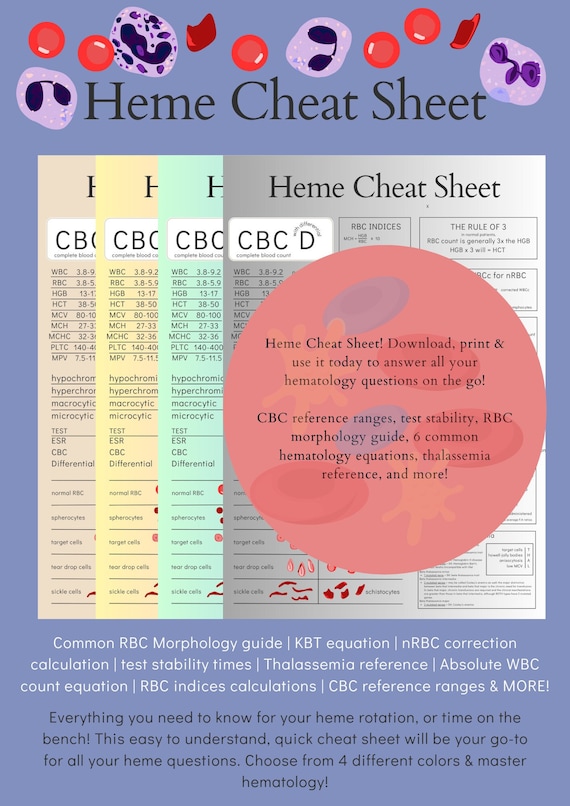
**The Subtle Change in Medical Reference Ranges and Its Consequences**
A laboratory has recently made a discreet adjustment to the reference range for Apolipoprotein B (ApoB), changing the definition of what is classified as “normal.” As a result, an ApoB level of 98 mg/dL, which was once deemed normal, is now marked as high due to this newly calibrated range—an abrupt shift with a 30-point difference. This adjustment is not a response to new findings or public health crises; it reflects simply a statistical revision.
Reference ranges are constructs based on statistics, indicating where the majority of individuals in a specified population fall. They do not serve as direct indicators of disease thresholds. Regarding ApoB, which is an indicator of cholesterol-related cardiovascular risk, the risk increase is gradual rather than binary, suggesting these arbitrary figures serve more as policy guidelines than as absolute physiological markers.
Following such alterations, the resulting effects take hold: primary care clinicians may respond excessively to alerts in electronic medical records, leading to unnecessary tests and medications. Patients, feeling anxious upon receiving updated lab results, may pursue consultations solely out of worry, influenced by online searches. While this does not alter personal risk in reality, it triggers a series of medical procedures that reflect “label inflation.”
This careful recalibration, amplified on a national scale, evolves into a broad wave of “preventive” healthcare initiatives that seldom link to improved outcomes. It results in labeling healthy individuals as abnormal without generating any real health advantages.
Clinical decisions regarding ApoB should take into consideration the context, absolute risk, and longitudinal evaluations. Despite the statistical modifications, the patient’s biological condition remains unchanged. The updated lab algorithm acts as a theatrical element, mimicking medical precision without valid evidence supporting claims that such numerical changes enhance health results.
Historically, similar alterations have been seen with PSA, TSH, vitamin D, HbA1c, and LDL. Each recalibration triggers an immediate medical reaction, thereby medicalizing the healthy and increasing healthcare expenses without enhancing overall results.
Patients need reassurance: “Your lab values have changed due to statistical recalibration, not a change in your health status.” This guideline creep phenomenon, while seemingly a responsible approach to medicine, frequently leads to false alarms, fostering anxiety and incurring unnecessary expenses without real benefits.
Dr. Larry Kaskel, an internist with over thirty years of experience, critiques these practices. He emphasizes the necessity for a careful and critical perspective on such medical “progress,” advocating for a focus on genuine health improvements rather than statistical modifications.